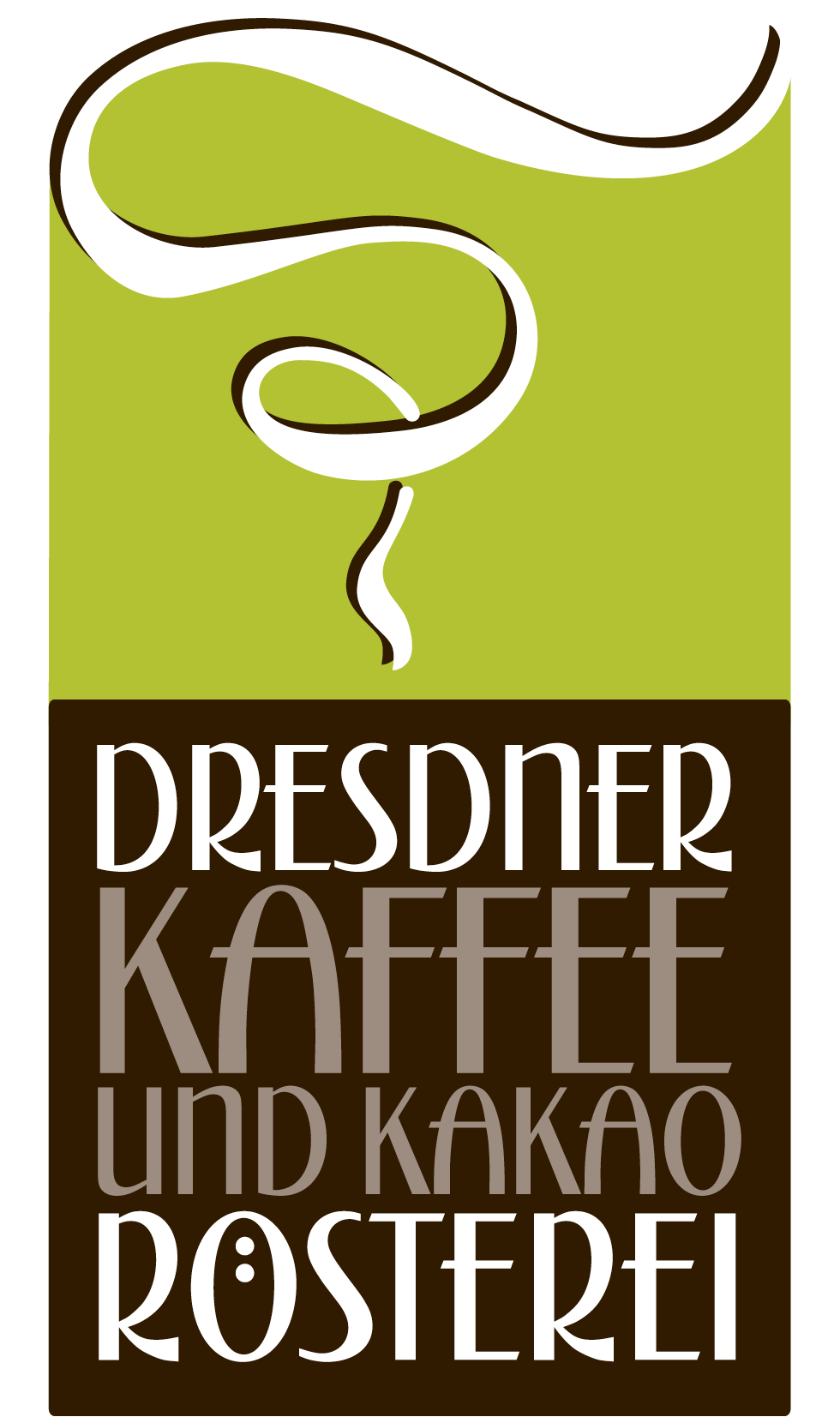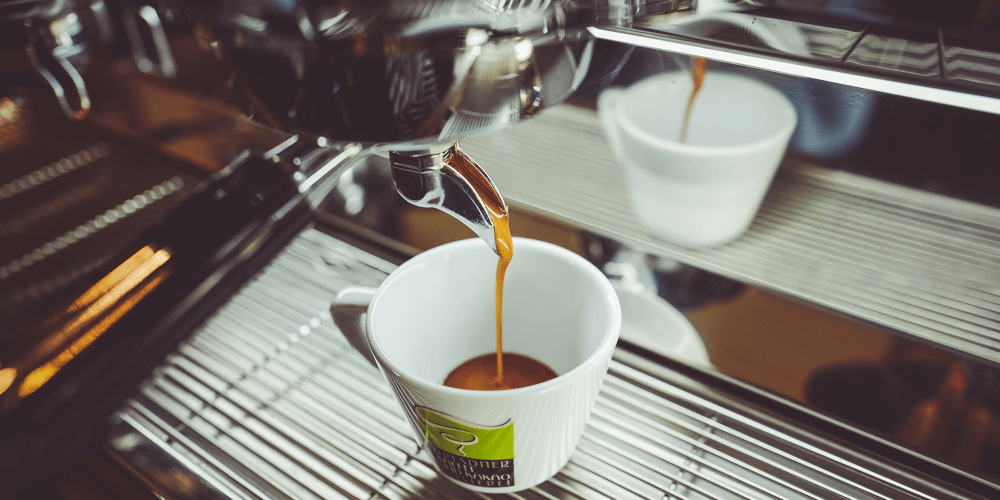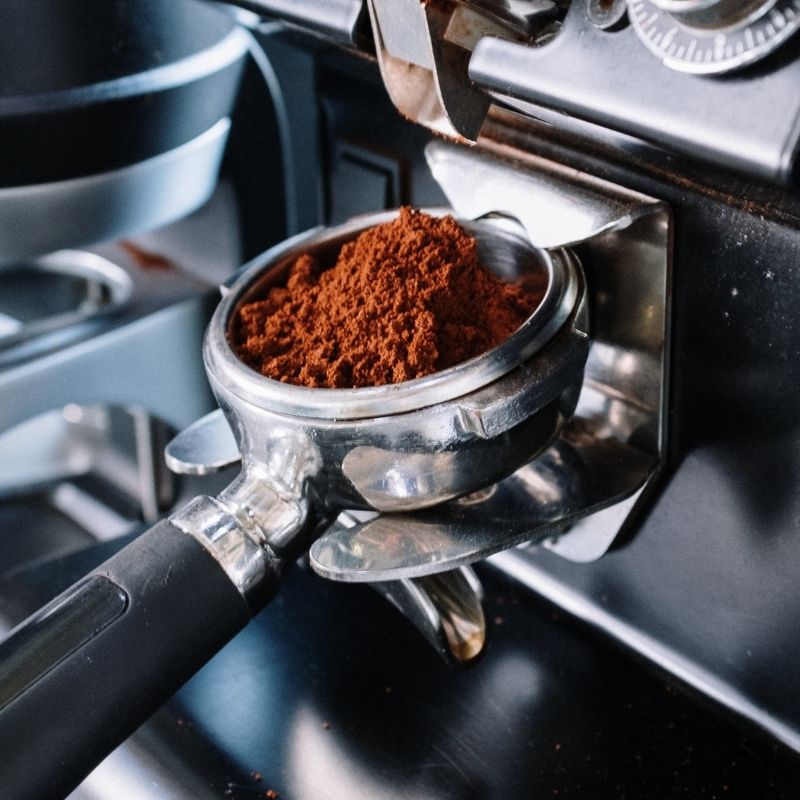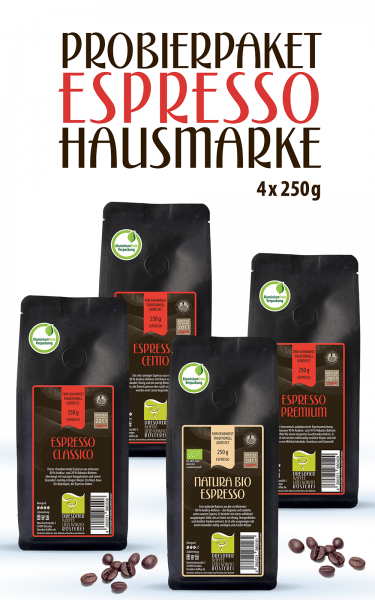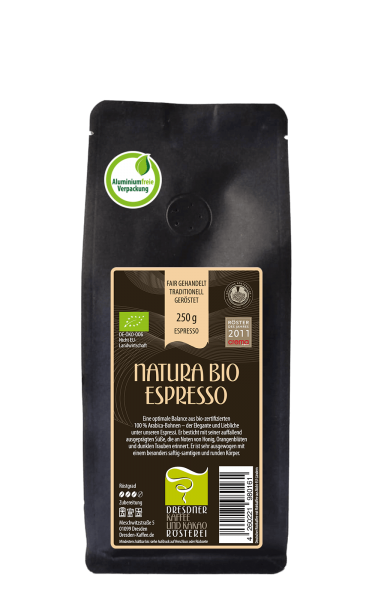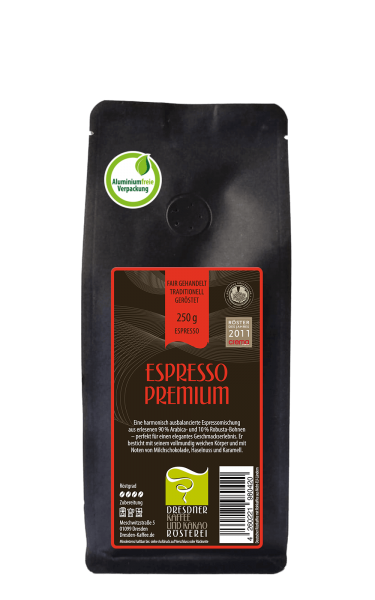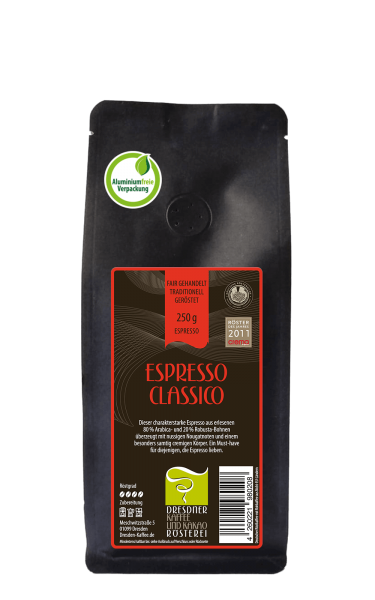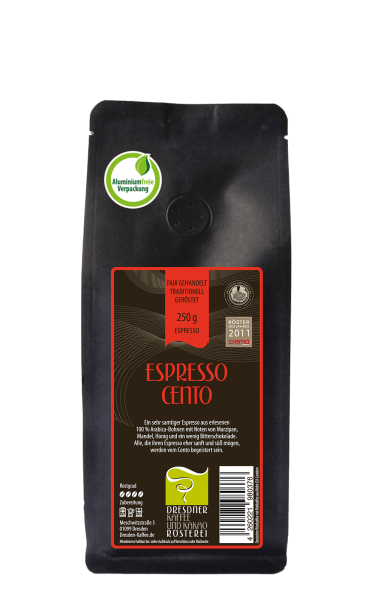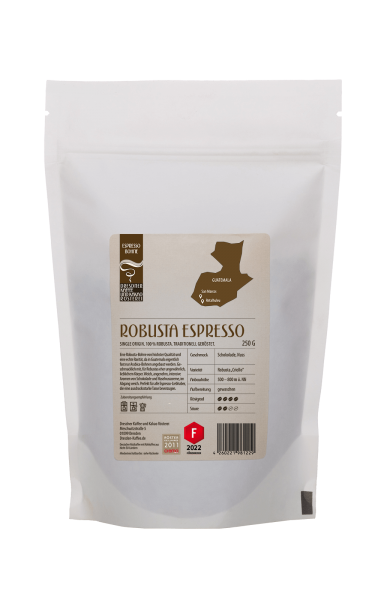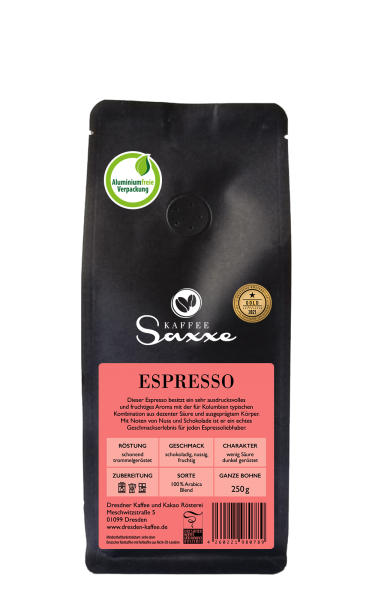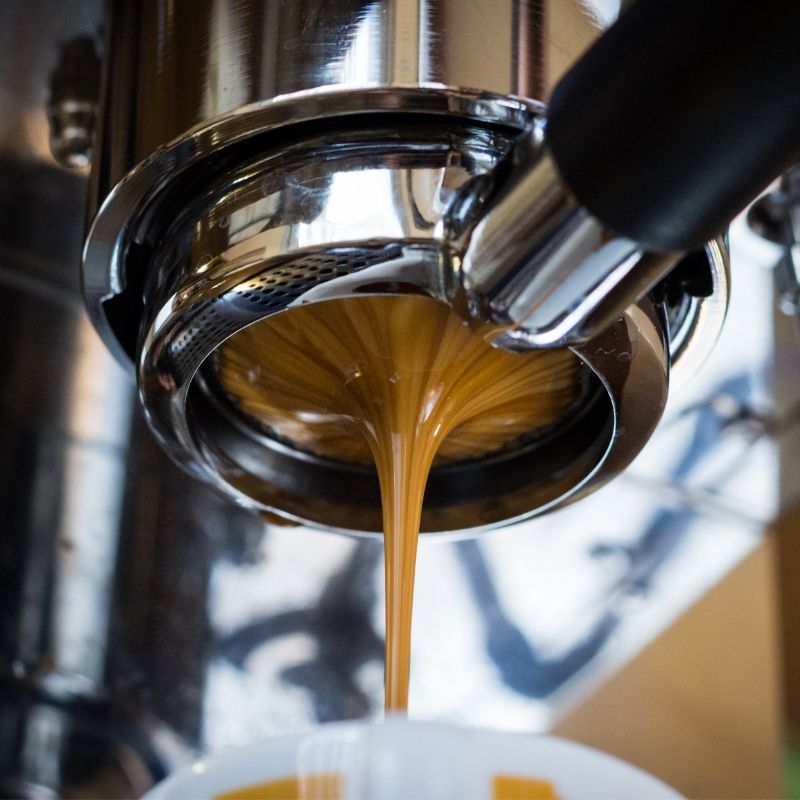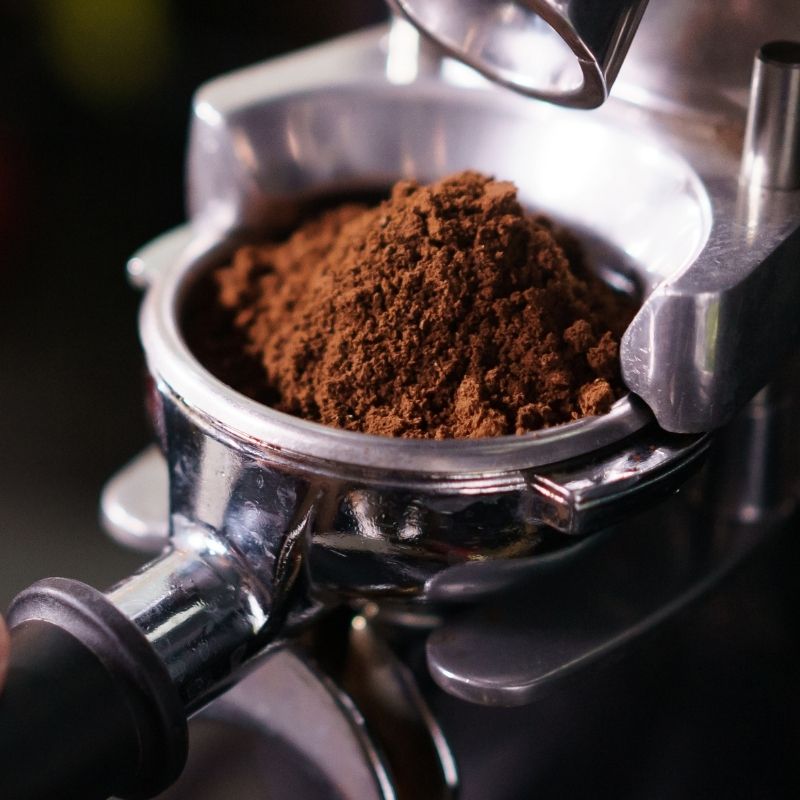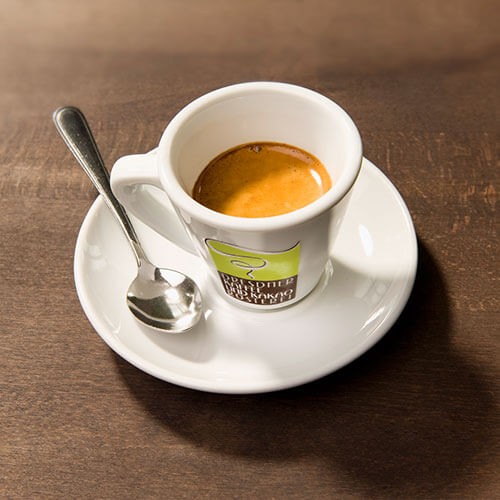Portafilter preparation
- For hobby barista
For home use, portafilters are primarily something for the passionate hobby barista. You should have a little knowledge in dealing with the technology. This starts with the adjustment of the coffee grinder and continues with the feeling for the right amount of espresso or coffee powder and ends with the handling of the tamper.
For example, if the espresso or coffee grounds are not pressed evenly with the tamper, water can "seep through" and your espresso or cappuccino won't taste the way it should. Speaking of cappuccino, frothing milk is also a bit of an art in itself. Good milk froth depends above all on the right temperature. The optimum temperature is between 65 and 69°C. For experienced baristi, the hand test is sufficient.
As long as you can hold the pot in your hand without scalding yourself, the milk foam is at the right temperature. In our coffee school, we also offer courses on how to froth milk correctly.
The preparation
First, preheat the espresso cup with hot water. In some espresso machines, this is done by the heated cup tray. Then grind the pre-portioned espresso beans, fill the portafilter evenly with the ground coffee and tamper with it, i.e. press it into the portafilter. This takes a little practice. What you should avoid at all costs is tapping the side of the portafilter with the tamper so that the ground coffee is supposedly evenly distributed in the portafilter. If you tap too hard, it could cause a gap to form between the sifter and the ground coffee or coffee puck.
Before you hook the filled portafilter into the brew group, you should let some water out of it. This cleans the shower of the brew group from coffee residues. Now all you have to do is place the preheated cup under the portafilter, press the button and voilà - your espresso is ready. If you have a machine that doesn't finish the process on its own, wait about 25 to 35 seconds before stopping the brewing.
As I said, the whole procedure takes a little practice and you will certainly not succeed or taste the one or other espresso. But it's worth trying out.
Important factors
Grind: fine (2-3)
Amount: 7-9 g for a normal espresso, double the amount for a doppio
Water temperature: 92°C and 96°C - depending on the type of coffee and the degree of roasting
Amount of water: 25 ml (max. 30 ml) of water.
If the amount of water is reduced to about 15 ml, the result is an espresso ristretto; if the amount of water is increased to 50 ml, the result is called espresso lungo.
Extraction time: 22-25 seconds
Our tip
Your espresso is too thin and has no aroma? Then these could be the faults: too coarsely ground, too lightly pressed or partially extracted. If the puck has holes, the water has sought the easiest way: Grind finer, press harder (press pressure ideally 17kg!).
Your espresso is bitter? Then this could be the fault: too finely ground, too tightly pressed or too much ground coffee results in too long extraction, i.e. bitter. If the crema is dark, unevenly colored and collapses quickly, the brewing temperature is too high.
Your espresso is sour? Then these could be the faults: too short an extraction, too coarsely ground, or too lightly pressed. Too low a brewing temperature also leads to sour taste.
Portafilter or espresso machine - the beginning of a great passion.
The history of the espresso machine takes us to Italy. There, at the beginning of the 19th century, the trend of serving a "caffè espresso" emerged. This was prepared "espressivo" fresh for the guest - in other words, specially to order. Although the taste of the caffè at that time was already reminiscent of the later perfected espresso, it was merely a strong, aromatic coffee. For lack of suitable technical equipment, the aromas could not be properly released from the coffee bean. Realizing this, Italian coffee experts tinkered with a coffee machine for the perfect preparation of an espresso.
The idea was to shorten the contact time of the coffee powder with the hot water and at the same time release more aromas. This was to be achieved by means of pressure. In 1938, Achille Gaggia applied for a patent for a process in which a piston presses water at high pressure through coffee powder in a sieve - the principle still familiar today to every espresso or portafilter machine. As early as 1955, Luigi Bezzera is said to have shown such a prototype at the World Exhibition, the patent of which was in turn acquired and commercially developed further by Desiderio Pavoni.
With today's portafilter or espresso machines, in addition to an espresso or a cappuccino, you can also make a great-tasting coffee with a nice crema. But let's stay with the espresso. In addition to the espresso machine, you need an espresso grinder, freshly roasted espresso beans, a preheated espresso cup, a tamper and fresh, ideally filtered, water.
